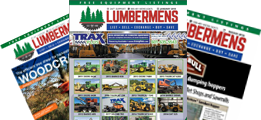Table of Contents Introduction: Why People Are Turning to Used Sawmills How Much Does a Used Sawmill Cost in the U.S.? The Value of Owning a Sawmill Profit Potential of Small-Scale Sawmills How Much Does a Sawmill Charge for Cutting Lumber? Is a Sawmill the Same as a Lumber Mill? Conclusion: Making the Right Investment […]
Forestry Equipment Maintenance Checklist and Planning Guide: Charts, Logs, and Schedules.
Table of Contents
- Introduction: The Power of Planning in Equipment Maintenance
- What Is Included in a Forestry Machinery Maintenance Schedule?
- What Does a Forestry Machinery Maintenance Plan Include?
- What Is an Equipment Maintenance Plan?
- How Do You Make a Forestry Machinery Maintenance Chart?
- How Do You Start a Maintenance Report?
- Why Is It Important to Log Equipment Maintenance Records?
- How Do I Make a Forestry Machinery Maintenance Log Book?
- Sample Templates & Resources
- Conclusion
Key Takeaways:
- Learn what goes into a proper maintenance schedule.
- Understand how to create a maintenance chart and report.
- See why record-keeping is critical for safety, resale, and warranties.
- Get understanding for making and managing your logbook.
- Explore sample templates and digital tools to streamline your process.
Introduction: The Power of Planning in Equipment Maintenance
Let’s get one thing straight: when it comes to forestry equipment, maintenance isn’t optional—it’s essential. You can own the toughest skidder or the most high-tech harvester on the market, but if you don’t have a solid maintenance plan in place, you’re just waiting for a breakdown to happen.
Forestry environments are brutal. Machines are exposed to dirt, debris, and constant wear-and-tear from heavy loads and long hours. That’s why planning your maintenance with precision—from schedules to logbooks—isn’t just smart, it’s necessary.
In this blog, we’ll walk you through everything you need to know about creating a maintenance schedule, building a maintenance plan, starting a logbook, and why all of it matters. By the end, you’ll have a roadmap to reduce downtime, extend machine life, and keep your operation running like clockwork.
What Is Included in a Forestry Machinery Maintenance Schedule?
A good maintenance schedule is the heartbeat of your equipment care system. It outlines when specific tasks need to be performed and ensures no crucial upkeep step is forgotten.
In forestry, maintenance isn’t just about oil changes. It includes daily inspections, weekly cleaning, monthly part replacements, and seasonal overhauls. The schedule should reflect both time-based and usage-based intervals. For example, changing hydraulic filters every 200 hours or checking coolant levels every morning before start-up.
Your schedule should also list the exact components to be checked: engine oil, saw chain tension, hydraulic lines, track rollers, electrical systems, and more. Think of it as your machine’s health calendar, keeping everything in check.

What Does a Forestry Machinery Maintenance Plan Include?
Think of the maintenance plan as your playbook. It outlines not just what gets done, but how and by whom.
Key components:
- Scheduling System: Define intervals (hour-based or calendar-based).
- Responsibility Assignment: Clarify who does what.
- Inventory Management: Ensure spare parts and fluids are stocked.
- Emergency Repair Protocol: Include contact info and procedures.
- Cost Tracking: Record labor, parts, and downtime costs.
- Tracking Method: Choose between spreadsheets, apps, or handwritten logs.
A well-structured plan keeps operations consistent and accountable, especially with rotating crews.
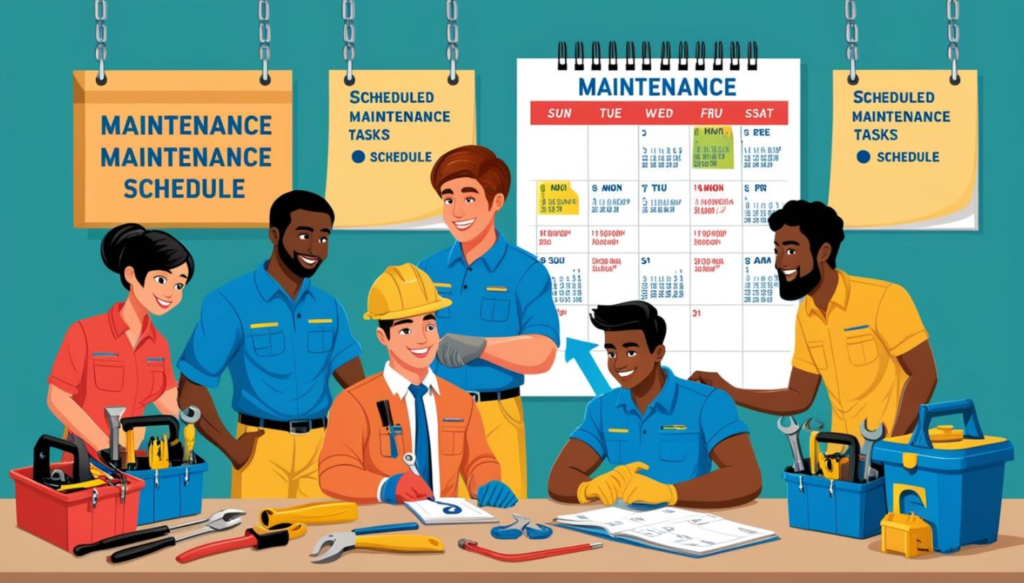
What Is an Equipment Maintenance Plan?
Unlike a general maintenance plan, an equipment maintenance plan is tailored to a specific machine or fleet.
It includes:
- Preventive Maintenance Schedule: Daily, weekly, and seasonal routines.
- Technician Assignments: Who is responsible for inspections and service.
- Downtime Allowances: Buffer time for unexpected repairs.
- Checklists: Task-by-task breakdowns.
- Recordkeeping Procedures: How reports and logbooks are handled.
This type of plan is especially valuable for large logging companies managing multiple assets. But even small forestry teams benefit by ensuring no machine is overlooked.
How Do You Make a Forestry Machinery Maintenance Chart?
Creating a maintenance chart helps visualize your tasks. It can be as simple as a printed grid or as advanced as an interactive spreadsheet or app dashboard.
To start, list all your equipment and identify the maintenance intervals for each task. Categorize tasks by frequency: daily, weekly, monthly, and annually. Assign responsibilities to specific team members and add space for completion checkmarks and notes.
You can color-code the chart to highlight urgent tasks or overdue ones. If you’re managing a fleet, consider using a whiteboard for team visibility or a digital tool like UpKeep to keep the chart dynamic and accessible.
How Do You Start a Maintenance Report?
Maintenance reports document what’s been done and flag any potential issues. A good report begins with basic information: date, equipment ID, technician name, and operational hours.
Next, detail the maintenance performed. Was it preventive or corrective? What components were checked, cleaned, or replaced? Include any anomalies like fluid leaks, overheating, or performance drops. Photos and digital forms can enhance the clarity of reports.
Over time, these reports reveal trends, such as recurring issues or parts that fail more often. This helps with long-term planning and avoids guesswork when problems arise.
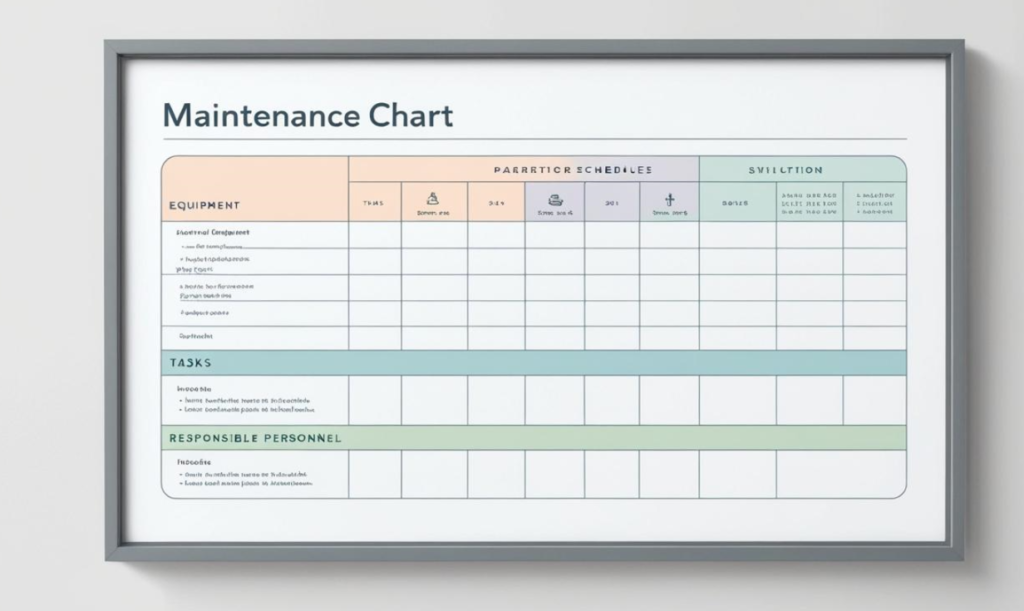
Why Is It Important to Log Equipment Maintenance Records?
Logging equipment maintenance isn’t just good practice—it’s legally and financially smart.
- Legal & Safety Compliance: In many regions, especially under OSHA regulations, keeping detailed maintenance logs is required to meet safety standards. If there’s an accident, a logbook can prove due diligence.
Forestry work involves hazardous environments, and having records shows you’re proactive about operator safety.It also protects your business from legal liability during audits or incident investigations. - Boosts Resale Value: Prospective buyers will pay more for equipment with a clear, well-documented maintenance history.
Buyers see logs as proof that the machine was properly cared for, which builds trust.In competitive resale markets, documentation often gives your listing a strong edge.Well-maintained equipment moves faster and fetches better offers. - Early Problem Detection: Logs help identify patterns, like frequent hydraulic leaks in one machine, allowing you to fix root issues early. Noticing repeated service calls or part failures lets you take preventive action before major breakdowns.This proactive insight can save thousands in emergency repairs.It also allows fleet managers to optimize service intervals based on real data.
- Supports Warranty Claims: If a component fails, service logs can be essential for warranty validation. Manufacturers often ask for service history to verify that maintenance requirements were followed. Accurate logs make claim approvals smoother and faster. This protects your investment and reduces the burden of unexpected repair costs.
- Reduces Downtime: With a log, you can predict when parts need replacing and avoid unexpected breakdowns. Scheduled servicing based on historical data helps keep machines in the field longer. Downtime in forestry means lost productivity and missed deadlines. A well-maintained machine is more reliable during high-demand logging seasons.
How Do I Make a Forestry Machinery Maintenance Log Book?
A logbook is your master record. Start by setting up a section for each machine, including make, model, serial number, and purchase date.
Each log entry should track:
- Service Date & Technician – Record when the service was done and who performed it for accountability and future reference.
- Tasks Completed – Note specific maintenance actions like oil changes or filter replacements to track routine care.
- Parts Replaced – List any components swapped out to monitor wear patterns and parts inventory.
- Performance Notes – Include observations on machine behavior or issues to catch problems early and guide future service.
You can use physical logbooks with pre-printed forms or go digital for better organization and searchability.
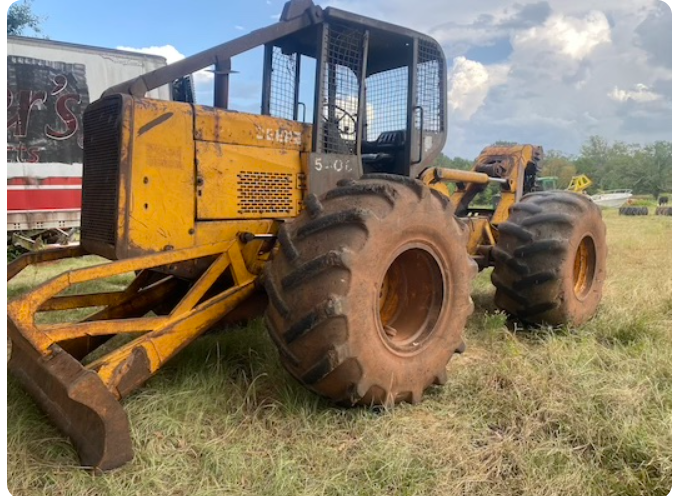
Recommended Digital Tools:
- EquipmentShare – More than just a GPS tracker, EquipmentShare lets you monitor usage hours, track service history, and get real-time alerts for maintenance needs. It’s perfect for keeping tabs on forestry equipment spread across remote job sites.
- UpKeep – A user-friendly, mobile-first maintenance management app that lets you create work orders, schedule recurring tasks, and scan equipment QR codes. It’s especially helpful for field teams who need quick access to maintenance logs on the go.
- Fleetio – Designed for managing multiple machines, Fleetio excels at tracking maintenance costs, parts inventory, and service intervals across an entire fleet. It also integrates with telematics and provides automated reminders to reduce manual tracking.
Digital tools also let you set reminders, attach images, and generate reports instantly.
Sample Templates & Resources
Here are a few templates and downloads you can use to kickstart your maintenance system:
- Maintenance Schedule Template – A customizable Excel spreadsheet that helps you organize maintenance tasks by daily, weekly, and monthly intervals. You can assign tasks by equipment type, set reminders, and even track completion dates—ideal for both small crews and large operations.
- Daily/Weekly Checklist PDF – A printable checklist designed for use directly in the field. It includes common inspection points like fluid levels, filters, safety features, and lubrication tasks, helping operators perform routine checks consistently and thoroughly.
- Logbook Page Example – A structured template that shows how to record service events clearly and consistently. Includes fields for equipment ID, service details, technician name, and performance observations, making it easy to document and reference past maintenance.
- Excel Maintenance Calendar – A visually organized calendar that uses color codes for task types (e.g., inspection, repair, calibration) and allows for shared access among team members. It’s great for planning ahead and avoiding overlapping service schedules.
You can create your own in Excel or Google Sheets, or download versions from sites like OSHA.
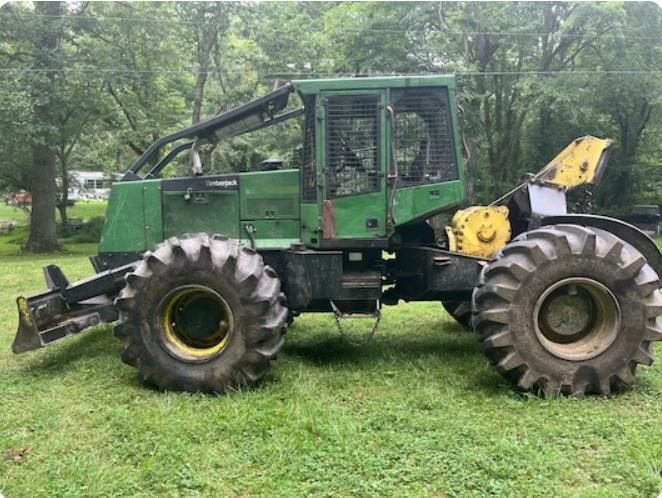
Conclusion:
Here’s the bottom line: a machine that’s well maintained is a machine that works when you need it. In forestry, there’s no room for guesswork. A delayed job due to breakdowns means lost productivity and revenue.
By putting systems in place—like a maintenance plan, a logbook, and a structured schedule—you create a safety net that protects your equipment, your crew, and your bottom line.
Start now. Build your plan, log your service, and keep your machines working as hard as you do.
FAQ’s
What’s the difference between a maintenance schedule and a maintenance plan?
A maintenance schedule outlines when tasks happen, while a maintenance plan details what is done, who does it, and how.
How do I log forestry equipment maintenance?
Record each service entry with the date, equipment details, tasks performed, and technician notes in a logbook or digital system.
How do I create a forestry equipment maintenance schedule?
Use manufacturer recommendations and usage hours to plan daily, weekly, monthly, and seasonal tasks for each machine.
What should a daily forestry equipment maintenance checklist include?
Check fluids, tire pressure, filters, safety systems, and visible wear or damage before operation.
What’s the benefit of keeping digital maintenance records?
Digital logs improve tracking, reduce paperwork, provide instant access, and help spot recurring issues faster.
What are the key components of a maintenance checklist?
Tasks, frequency, responsible personnel, safety checks, parts used, and notes for follow-up actions.
How does a maintenance plan help with budgeting?
It reduces surprise repair costs, improves parts inventory planning, and helps forecast long-term expenses.
What should I include in an annual forestry maintenance report?
Summarize all maintenance activities, costs, downtime, parts replaced, and performance issues for each machine.
How do I train staff on using maintenance checklists and logs?
Provide hands-on demonstrations, clear instructions, and regular reviews to ensure consistency and accuracy.
How do I prioritize maintenance tasks in a busy logging operation?
Focus on safety-critical systems first, then high-use machines, and schedule non-urgent tasks during downtime.

